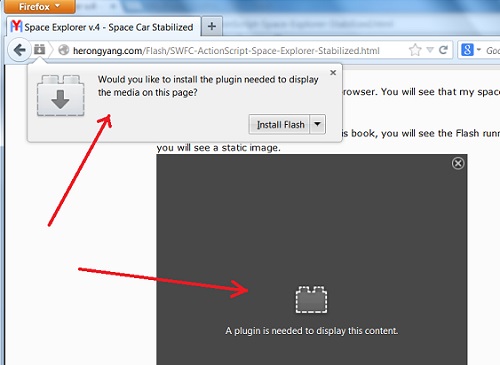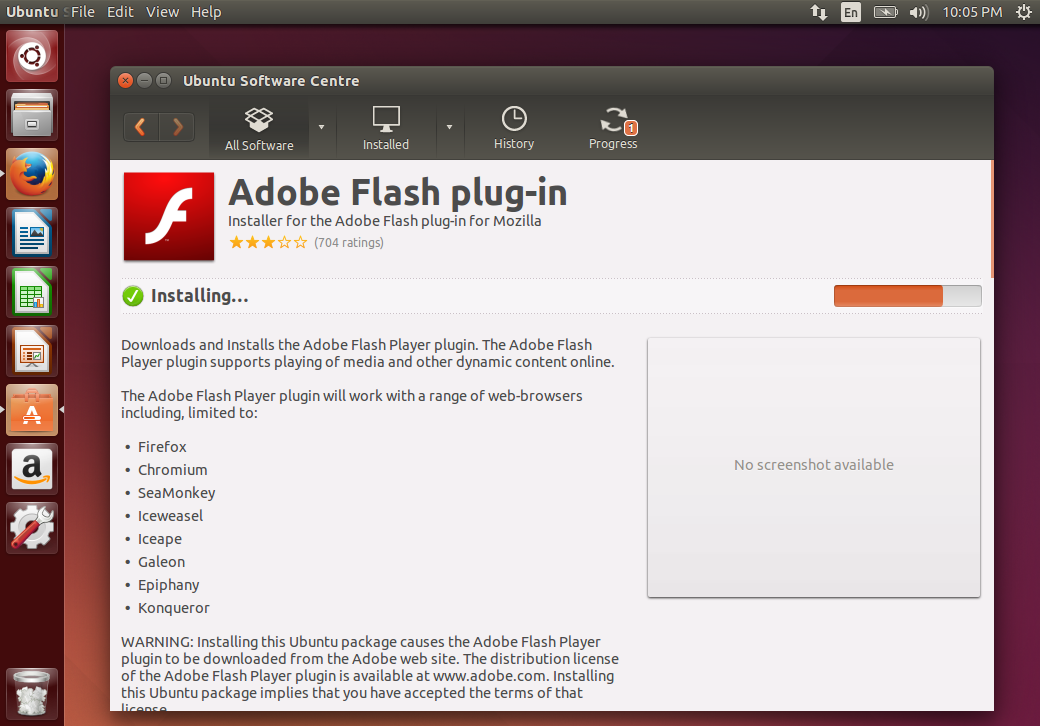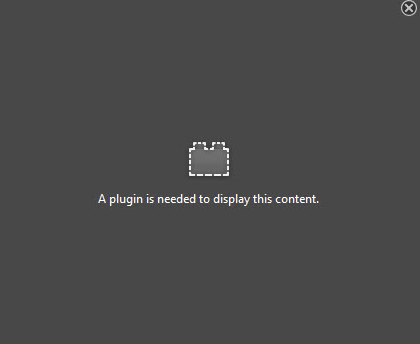
You can also see what version (if any) of the Flash plugin is being detected using about:plugins (see the linked article for details). At time of writing, the Plug-in Finder Service is triggered but fails to install the Flash plugin on Linux or Mac OS in Firefox 3 and above (you will need to manually download and install the plugin). If Flash is not installed, this may trigger the Plug-in Finder Service, which you can use to download and install the Flash plugin on Windows ( see below).

To see if the Flash plugin is working and what version is being used, visit one of these pages: Note: If the Flash plugin is installed, make sure it is enabled in the Firefox (3.0 and above) or SeaMonkey 2 Add-ons Manager ( see above) otherwise, the Flash test will not work and the "Shockwave Flash" plugin entry will not be displayed in the about:plugins list. If you have installed the Flash plugin but it does not appear in the Add-ons Manager, open about:config and make sure that the preference has not been set to "false" (if it has, right-click on it and select Reset to set it back to "true"). Note: On Windows, the Flash plugin is detected via plugin scanning. If the Flash plugin is disabled, click the "Enable" button to enable the plugin.



6.3 Flash player not working on certain websites.6.2.2 Disabling Protected Mode in Flash 11.3.6.2.1 Flash Player 11.3 Protected Mode - Windows.6.2 Flash Protected Mode issues on Windows Vista and above.4.2.1 Uninstall using Windows Control Panel.


 0 kommentar(er)
0 kommentar(er)
